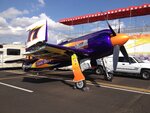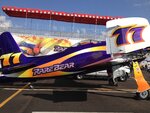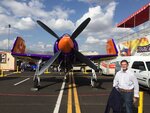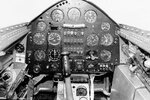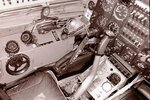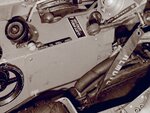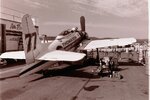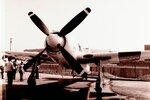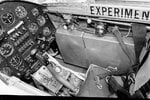Skyediamonds
Staff Sergeant
- 1,266
- May 26, 2018
Have a modeling friend who is starting his R/C building project honoring his grandfather's exploits as a Curtiss Helldiver pilot during the Pacific Theater. His grandfather now suffers from dementia & can't respond to questions about his past. Which version of Helldiver ( SB2C-3 or -4 ) was used there? Can anyone help?
Last edited by a moderator:

